For anyone who has struggled with filling a standard centrifugal pump with water before starting it, the operation of an agricultural self-priming pump can seem like a significant advantage. This capability to clear air from the suction line and pump casing without manual intervention is a result of specific engineering. This article explains the internal process that allows these pumps to function so effectively.
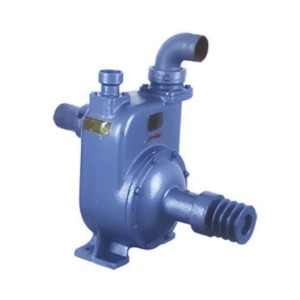
The Core Design Difference
The fundamental difference between a self-priming pump and a conventional centrifugal pump lies within its casing design. A self-priming pump is constructed with a volute, or chamber, that is designed to hold a reservoir of water even when the pump is not operating. This stored water is not merely for cooling; it is the essential component that enables the entire self-priming process to occur. Without this initial charge of water, the pump would not be able to prime itself.
The Two-Phase Priming Process
When the pump is started, the impeller begins to rotate. Instead of moving just water, it actively churns the stored water inside the casing. This action creates a vortex that mixes the water with the air present in the suction line. The result is a frothy mixture of air and water. This mixture is then ejected from the impeller into the outer sections of the pump volute.
As the mixture moves into this larger chamber, its velocity decreases. This reduction in speed allows the forces of gravity and centrifugal force to act upon it. Since water is heavier than air, the two substances begin to separate. The water, being denser, falls back toward the impeller, ready to be recirculated. The separated air, being lighter, rises.
The Path of the Air and the Water
The pump's design includes a path for the separated air to escape. This air is directed towards the discharge outlet of the pump. In some designs, an external discharge port may be used specifically for this initial air expulsion. The process of mixing, separating, and expelling air is continuous. With each rotation of the impeller, more air is drawn from the suction line, mixed, and then vented out.
This cyclical action systematically evacuates air from the suction line and pump casing. As the air is removed, a partial vacuum is created. Atmospheric pressure acting on the surface of the water source then pushes water up the suction line to fill the void. Once all the air is replaced by water, the pump transitions to a state of full prime and operates as a standard centrifugal pump, moving water efficiently.
Practical Implications for the User
Understanding this mechanism clarifies two important operational points. First, while the pump is self-priming, it is not self-filling. The internal reservoir must contain water initially for the process to begin. If the pump has been stored for an extended period or is used for the one time, it is necessary to add water through the priming port.
Second, the efficiency of the air-water separation can be affected by internal blockages or wear. A clear flow path is essential for the mixture to separate effectively. This highlights the importance of keeping the pump's interior clean and ensuring that the impeller is in good condition to maintain the pump's priming performance over time.
Engineering for Reliable Performance
The self-priming feature is a demonstration of practical engineering aimed at user convenience. By incorporating a simple yet effective internal design that leverages the physical properties of air and water, these pumps eliminate a routine hurdle in farm water management. Knowing how it works not only satisfies curiosity but also informs better maintenance and troubleshooting practices.

 English
English русский
русский Español
Español
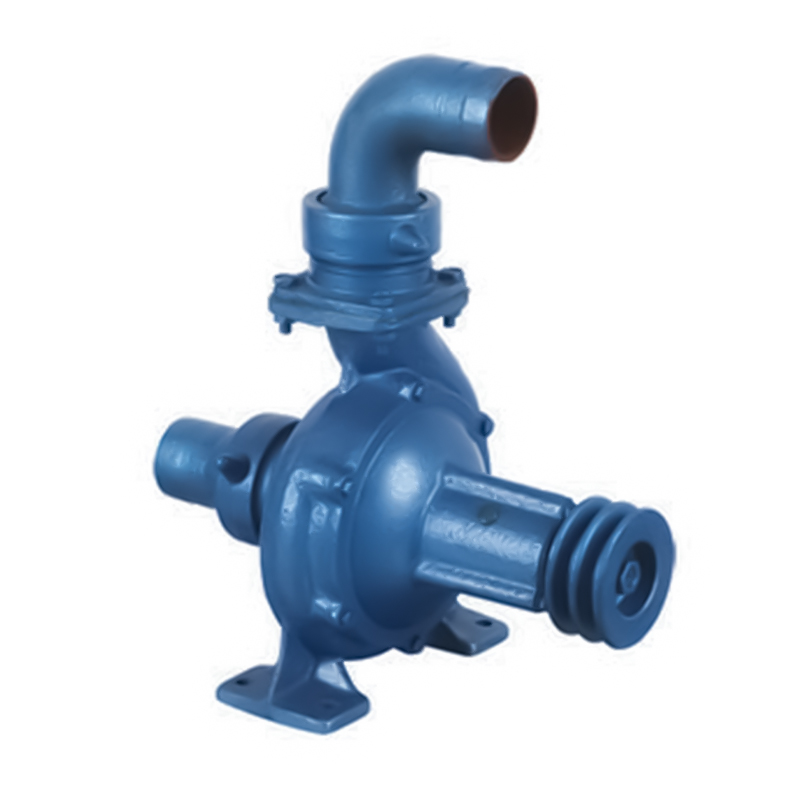
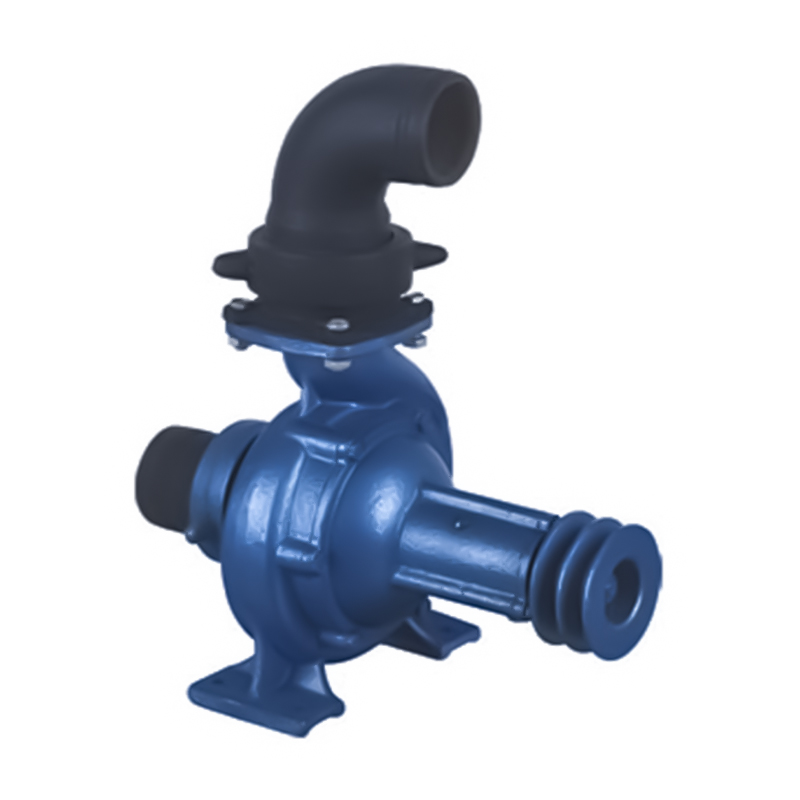
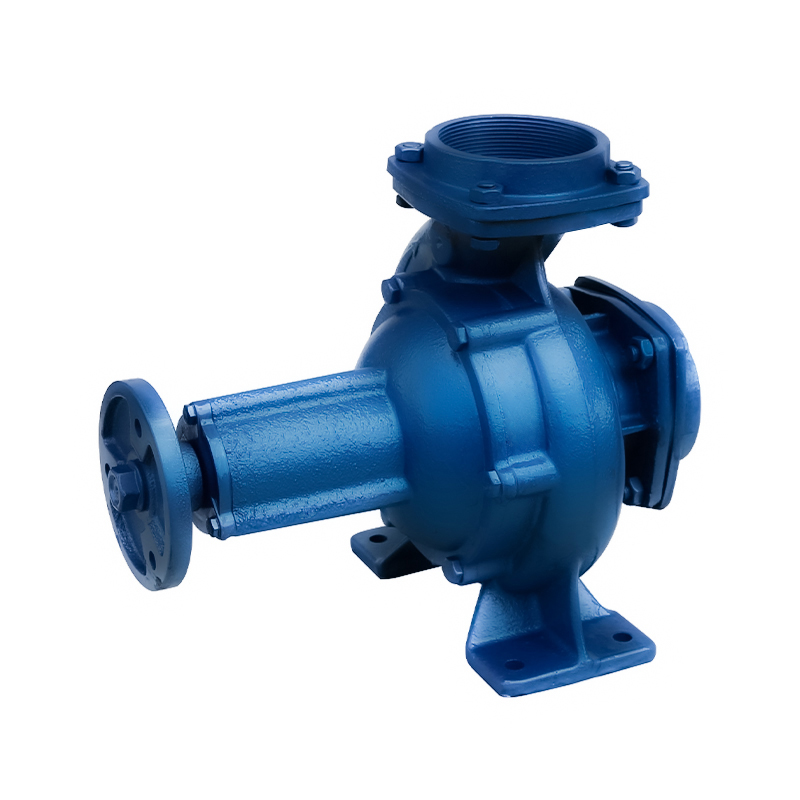
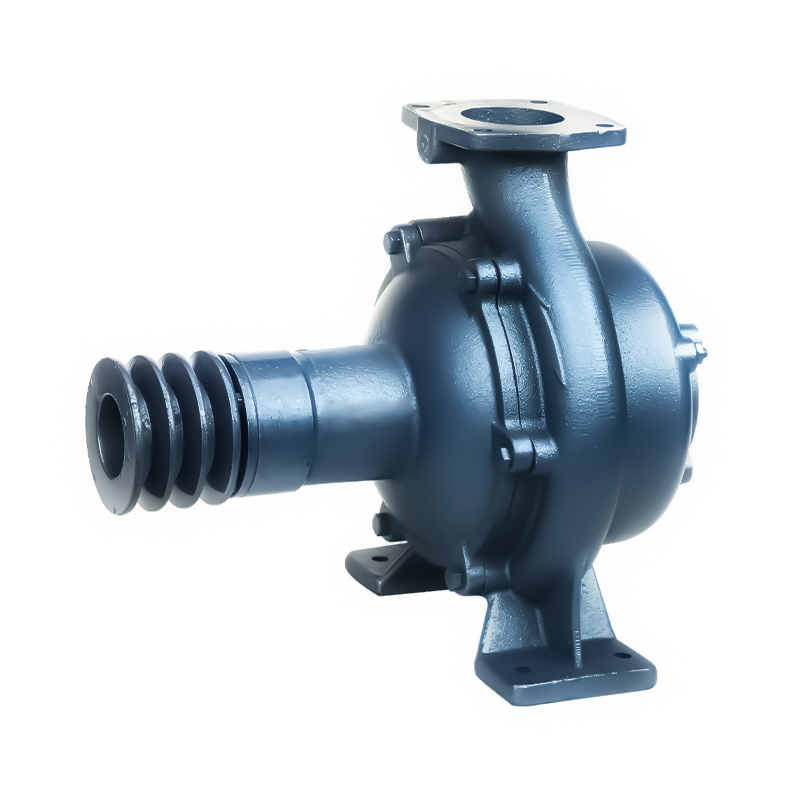
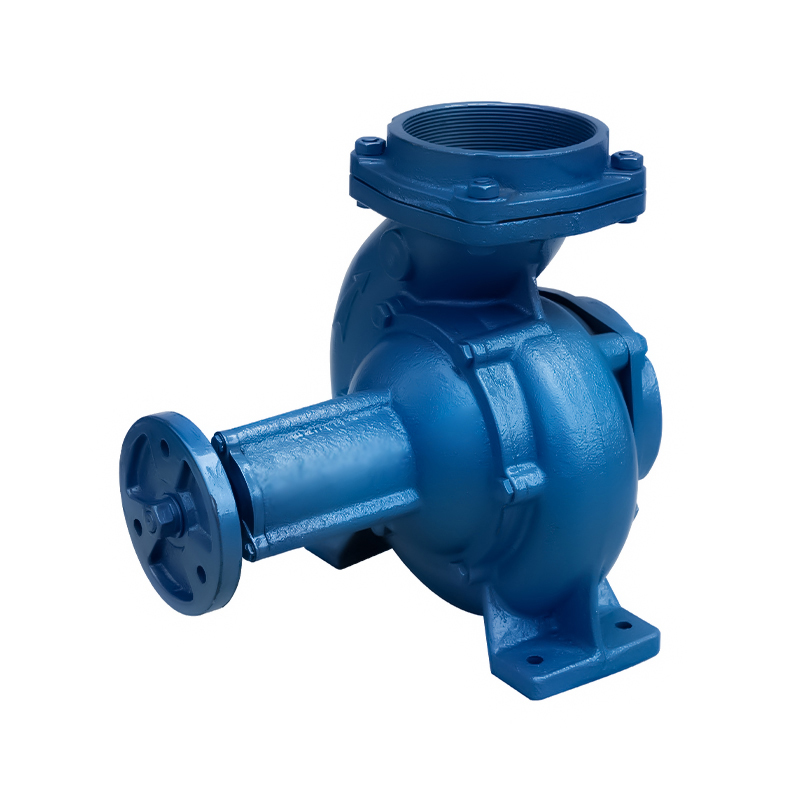
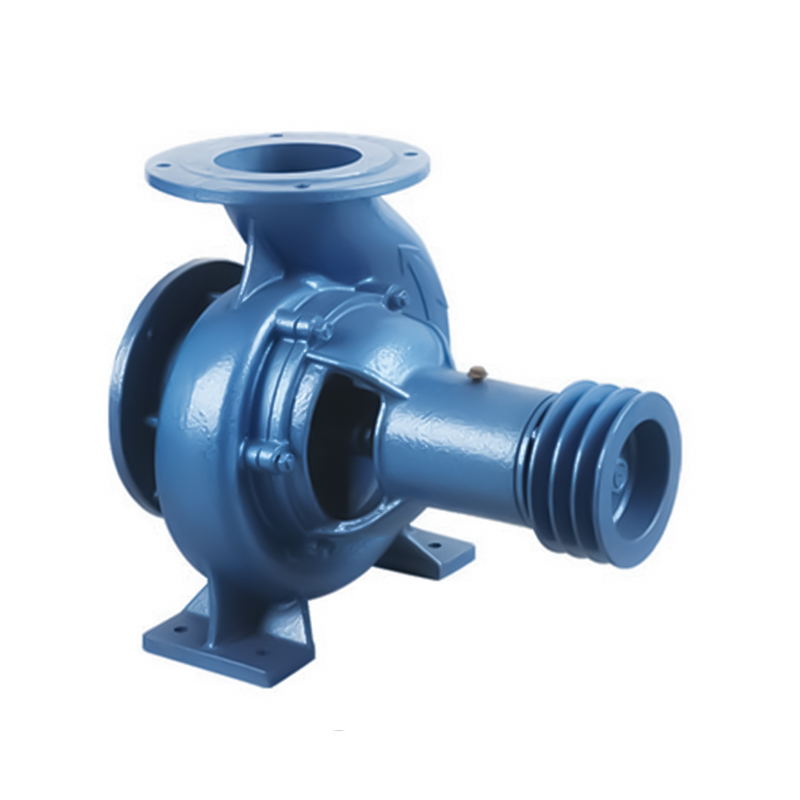
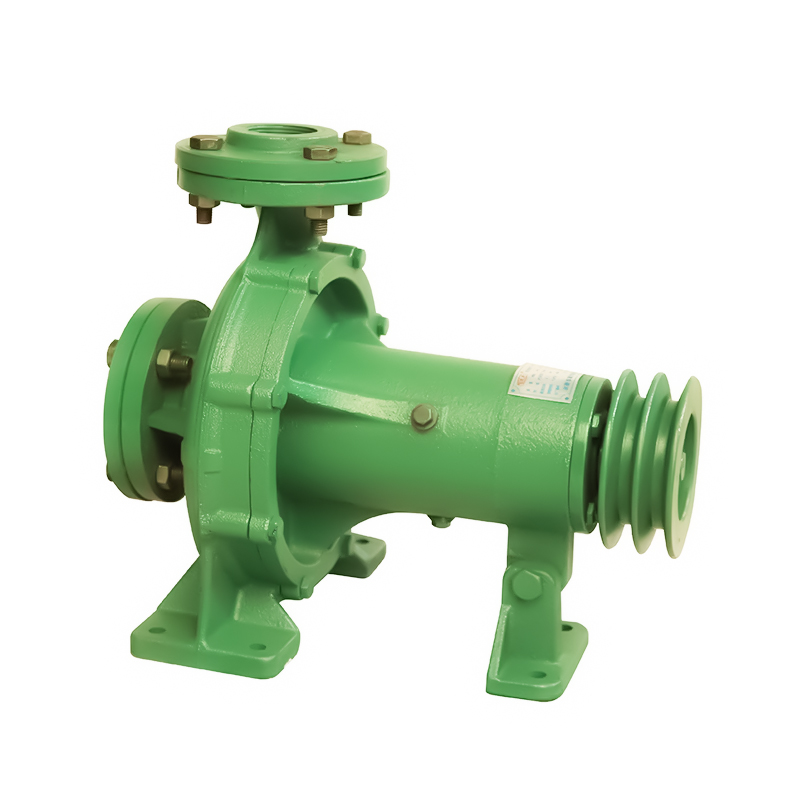

 Email:
Email:
 Phone:+86-13605899207
Phone:+86-13605899207

